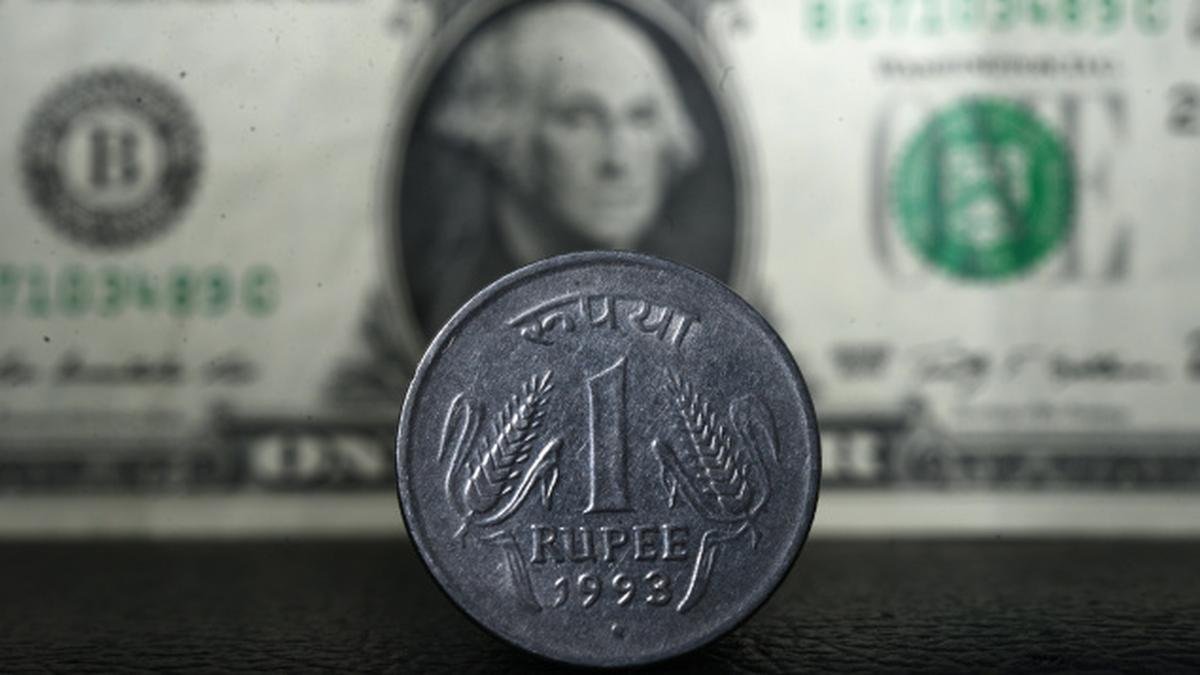What’s going on here?
The Indian rupee dropped to a record low of 84.0675 against the dollar, driven by increased dollar demand from foreign banks and substantial equity outflows.
What does this mean?
This significant drop in the Indian rupee results from a spike in dollar demand, notably caused by foreign banks and equity outflows totaling $8.1 billion in October. This shift has reversed nearly $7 billion previously invested in India. Both the BSE Sensex and Nifty 50 indices fell by 0.6% and 0.9%, continuing a negative trend. Analysts have identified two major US banks and state-run banks as influential in the rupee’s decline. Other Asian currencies, like the Korean won, are experiencing similar pressures due to the strong dollar. The dollar index increased slightly to 103.6, its highest since August, with speculation surrounding a potential Trump presidency adding to global market uncertainties.
Why should I care?
For markets: Under pressure from global tides.
The demand for dollars is affecting emerging markets, prompting investors to reevaluate asset allocations. Continued withdrawals from Indian equities signal caution, and persistent outflows could lead to further rupee depreciation. Markets are closely watching upcoming US retail sales and jobless claims data, which could influence Federal Reserve rate decisions and affect global currency movements.
The bigger picture: Global currency dynamics in flux.
Amid global economic uncertainties, the strong dollar is altering currency landscapes in Asia and beyond. Anticipation of US economic data and political developments continues to shape investor behavior worldwide. Future Federal Reserve rate changes will have a significant impact on currency valuations and economic stability globally.






